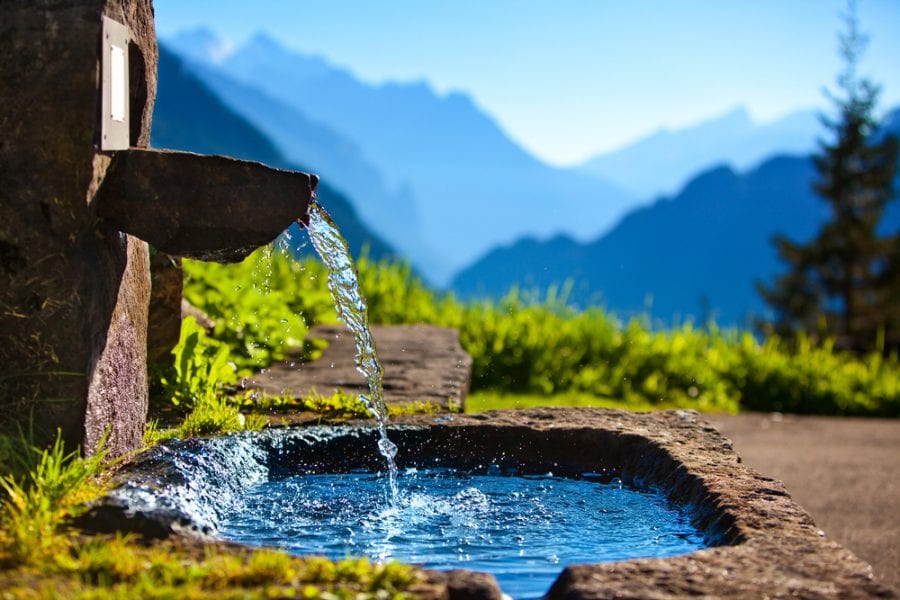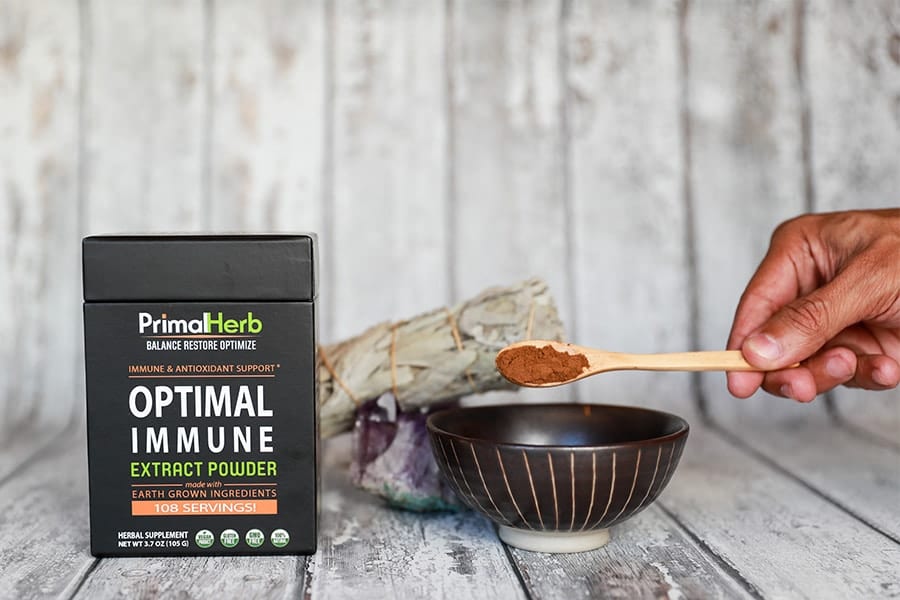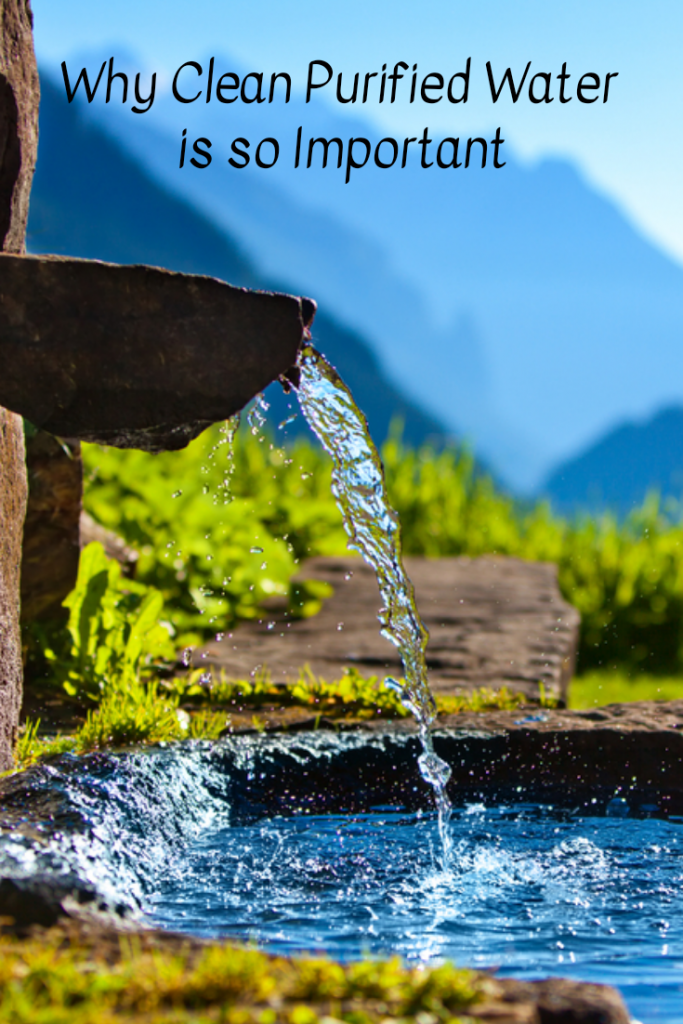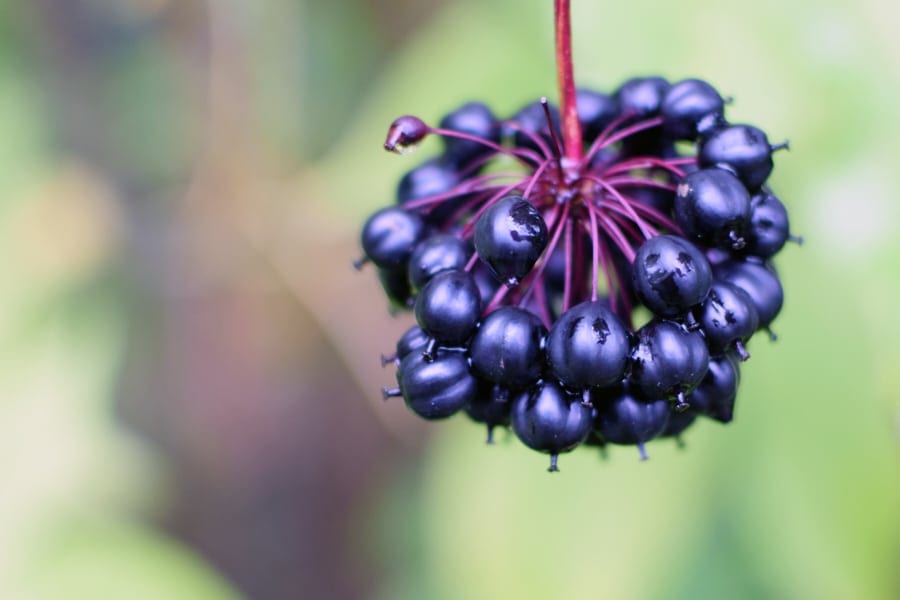Why Clean Purified Water is so Important

Food is important. Some would argue that food is medicine, a moniker taking the internet by storm nowadays.
Diet ideals such as eating plenty of nutrient-dense foods, eating in season, and even eating optimally for one’s genetic makeup (or testing on how your diet affects your insulin levels) are often recommended, preached, or followed.
Many of us also have a basic idea of what foods are healthy and which ones aren’t. Sugar and processed foods are bad for health, while more dietary fiber and resistant starches are better.
But do we ever think about how water affects our health and is an integral part of wellness, too?
WATER IS LIFE: WHY IS WATER IMPORTANT?
Water is everywhere. It’s in nature and our households. But, most importantly, it’s in our bodies.
In children, the body may be up to 78% water. In men, water percentage can be around 60% of total mass, while in women, the percentage is 55%.
Yet the importance of water is quick to be overlooked.
We cannot underestimate the quality and contents in the water we drink to replenish and rehydrate our body’s considerably large waterways.
Just like with food—and even more importantly so—what’s in our water impacts over 50% of our health, whether for good or for bad.
WHAT COULD BE HIDING IN OUR WATER?
We want to trust the fact that if we have municipal water or a well, we can expect it to be clean, safe, and relatively absent of anything that shouldn’t be there.
Wrong.
The sad truth is there’s more in our water that goes unseen, or that we aren’t made aware of. It ends up in our wells, groundwater, and other waterways—and gets right in our food and drinking water—by way of runoff.
This may come from agriculture, commercial businesses, industries, landfills, sewers, pipelines, and—yes— even residential areas from what people put on their lawns.
THE WORST WATER CULPRITS: WHAT TO LOOK OUT FOR
There’s a whole cocktail of things that can end up in drinking water, and from many sources, that we cannot see. This includes chemicals, minerals, heavy metals, elements, and more.
Some may actually be good for us, like calcium, magnesium, and other minerals that end up in hard water from the soil and environment.
But if good things can end up in our water, so can bad, unhealthy things.
Having clean, purified water is the best way to keep everything one wouldn’t want in their water out of it—and out of the body as well.
Here are some of the top hazardous things one can find in their drinking water.
PATHOGENS
What people should be most aware of in drinking water: living things.
Microorganisms, good or bad, may dwell in the very liquid of life we must consume every day to be healthy. Some may benefit the body, but others—if established in too-high populations—can be deadly.
This includes mostly bacteria, but in some cases, viruses and parasites, which are also a real threat.
Small amounts of pathogens may live in our water at any given time, and our bodies know how to handle them. But be wary of larger amounts that come from sewage, septic leaks, and even rainfall or snowmelt.
FLUORIDE
What began as a well-intentioned effort to lower the risk of tooth decay and oral health problems has turned into a potential high health risk that more people should know about.
Decades ago, the government added fluoride to drinking water to improve dental health. But today, studies have unearthed concerning evidence that fluoride may have health risks that far outweigh the chemical byproduct’s benefits.
These include cognitive development in children, hypothyroidism, and musculoskeletal disorders.
In fact, too much fluoride correlates with more dental problems. As such, if it’s clear that one’s drinking water has excessive fluoride in it, purifying water is a wise move.
HEAVY METALS
Some elemental metals are good for us, especially in small amounts. Magnesium, iron, and calcium are to name a few.
Unfortunately, lots of other heavy metals that aren’t so good for us can end up in our drinking water, too.
Some examples are lead, cadmium, mercury, antimony, and others which in considerable amounts in certain groundwater areas are just plain harmful.
Others, like copper, chromium, and selenium are good for us in minute amounts. In fact, they are necessary micronutrients.
However, these build up to more harmful levels if they accumulate into groundwater from nearby commercial, industrial, and residential areas.
NITRATES AND NITRITES
Nitrates and nitrites are synthetic chemical forms of nitrogen. They’re applied to agricultural fields and residential gardens or landscapes to provide plant fertilizers and food.
Farmers and homeowners have a tendency to overapply such fertilizers to their field and yards.
Since soil cannot absorb all the nitrogen, what happens is that these chemical nitrates and nitrites end up in rivers, stream, oceans, and—yes—our drinking water.
In small amounts, nitrates and nitrites are okay for consumption. In high amounts built up in groundwater, however, there could be risks, studies show—including for children, increased cancer risk, and thyroid problems.
OTHER CHEMICALS
The list for what ends up in drinking water doesn’t end there. Beyond agricultural chemicals, fluoride, and heavy metals, there is a whole slew of chemicals—synthetic or organic—that can affect health and slip into our bodies unnoticed.
These may include pesticides and herbicides, DDT, chlorine, atrazine, PCB’s, arsenic, dioxin, and many, many others.
It may sound insane that such clearly harmful chemicals are so carelessly allowed to seep into wells and groundwater, but they can and sure do.
All these chemicals are linked to very severe health consequences, so purifying water is essential to keep their harms at bay.
RADIOACTIVE ELEMENTS
In certain areas, the harmful things that are found in drinking water are astounding. Radioactive elements are by far the most shocking and, possibly, up there among the most harmful water contaminants.
Radium and uranium are the most common examples.
However, this doesn’t fully represent all possible radioactive pollutants that come from nuclear power plants, mines, and other places.
If living in or near an area where radium, uranium, or coal mining—or a nuclear power plant operation—takes place, water filtration should be considered a must.
If not, there are risks of organ toxicity and a greatly increased risk of cancer. What’s worse: no typical methods of water filtration can successfully get rid of these, either.
HOW DO WE GET THE CLEANEST, PUREST WATER?
The difficult reality we all face: chances are that all our drinking water sources are contaminated in one way or another.
Some areas are worse than others, while certain regions may not struggle with water contaminants, or the risk is lower.
Of course, one could think: “Why not just move to a place with cleaner water?”
This could work, but only for certain people and only for the short-term. For one, not all people can afford to just get up and move to a “cleaner” place if their water is bad.
Secondly, at the current rate of commercial production and pollution, ALL water could eventually be considerably contaminated.
For this reason, the answer isn’t to simply move to pristine, unpolluted places. To truly get clean water for everyone requires political involvement, awareness, and activism.
Then there’s the third option: using methods of purifying one’s own drinking water at home.
METHODS FOR WATER PURIFICATION
For the majority of us, purifying our own water in one way or another at home remains our best option for protecting health.
Getting involved in policies and legislation that protect our water over the long term is the best thing to do for water purification on a larger level.
But for immediate protection of one’s health, one’s family’s health, and one’s access to drinking water without all the health risks lurking beneath, here are some of the top recommended ways to purify and filter out the harmful stuff.
DISTILLATION
If looking for one of the most surefire ways to rid water of most contaminants, distillation is the method to go for.
However, this is an expensive and time-consuming process.
Distillation requires intense boiling of water in an enclosed space, the capturing of its steam, and its recollection. Luckily, purchasing pre-packaged distilled water is easy and inexpensive.
For those who have the time and money to take a crack at it, however, they can enjoy one of the purest forms of water possible.
PURCHASE BOTTLED WATER
The next closest thing to distilled water is bottled water. Most companies that sell bottled water may distill it as part of the packaging, purify it in some other way, or some source it from only the cleanest, purest springs in the world (this happens to be our favorite). You can use www.findaspring.com to find a local spring near you.
However, this level of purity is not always the case nor guaranteed in any bottled water bought.
Doing some background checking on the company being considered is a must! An important note on bottled or distilled water, too: buying one’s water can get very expensive.
GET A WATER FILTER
The least expensive but comparable option to buying bottled water: getting a water filter.
Many types of filters can be outfitted straight to one’s water tap. Or, they may be part of a manufactured water pitcher that includes a filtration system.
Either way, this will help filter a lot of harmful stuff out of one’s drinking water, though it’s not as thorough as distillation.
Charcoal-based filters are some of the most popular kinds today and are very effective as long as the filters are replaced regularly. Reverse osmosis is another approach to cleansing water that’s also caught on in households in America and around the world.
WATER-PURIFYING ADDITIVES
One can also add certain (harmless) chemicals designed to specifically kill bacteria, parasites, and other pathogens.
Such additives include iodine packets, chlorine dioxide, and others.
A couple fallbacks to this, however: chemicals may influence the way water tastes. Further, they don’t do much for getting rid of other chemicals, elements, or metals, for example.
BOILING OR PASTEURIZING
If concerned about pathogens like bacteria or parasites specifically, a quick boil can get rid of them by killing them.
Similarly, water can be heated for 6 minutes at 160 degrees Fahrenheit to have the same effect of killing unwanted pathogens in water.
ULTRAVIOLET LIGHT TREATMENT
Ways to purify water at home using ultraviolet (UV) devices are becoming popular, though they actually aren’t as effective as the above methods.
For one, these devices are only known to be able to purify clear water—not muddy, obscured, or dirty water.
Secondly, this treatment doesn’t kill all pathogens—most notably, it won’t kill viruses. All the same, though it sounds like an advanced method, it’s really quite simple.
Get Social – Like, Comment and Share!
Recommended
Unleashing Siberian Eleuthero: From Energy Boosts to Stress Relief & Beyond
Herbs can be powerful tools for health. Over time, research has revealed certain botanicals to have numerous benefits. Plants like schisandra, rhodiola, and he shou wu are great examples—but turning to just one herb isn’t …
ADHD and Autism Insights: The Promising Connection Between Natural Therapies and Neurological Support
Many neurological disorders are often overlooked—and some are hard to understand. What more, there are very few mainstream solutions or options for helping or treating some of them, especially the most misunderstood ones. Plenty of …
Green Tea Magic: 12 Unexpected EGCG Benefits To The Body and Mind
Does nature contain medicine? Ancient healers sure thought so. Beyond natural remedies and plant medicines they discovered and prepared centuries ago, modern medical science has found plenty of its valuable medicines from the natural world, …
- Exclusive Offers
- Product Giveaways
- Latest Research
- New Product Launches








